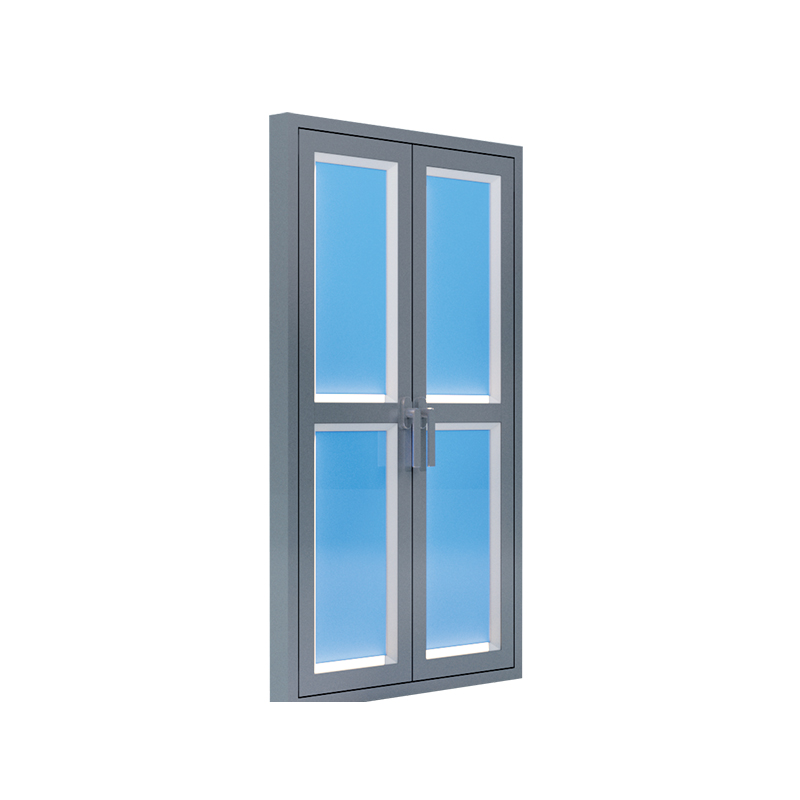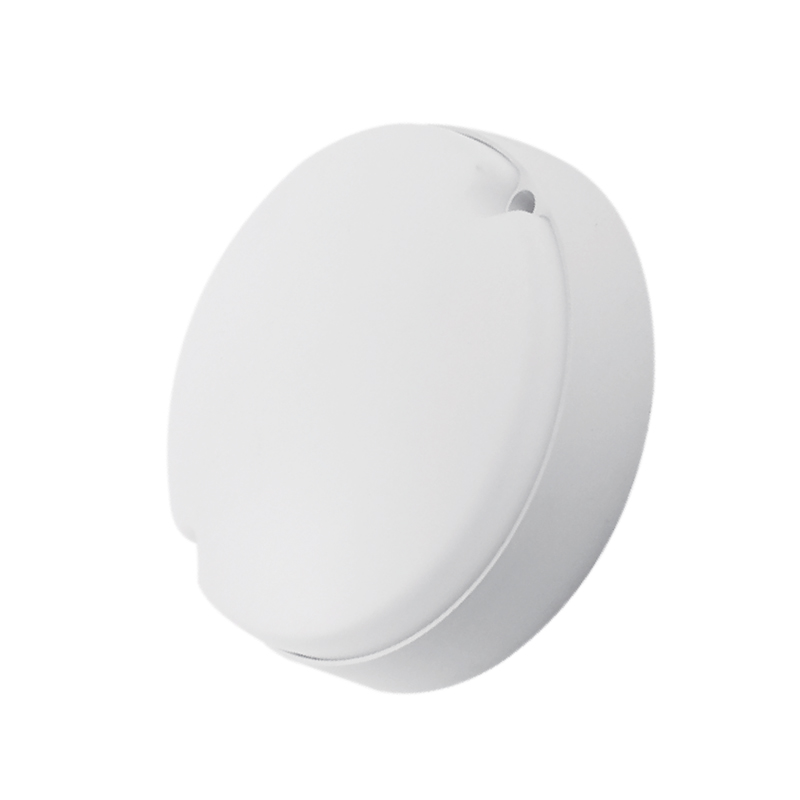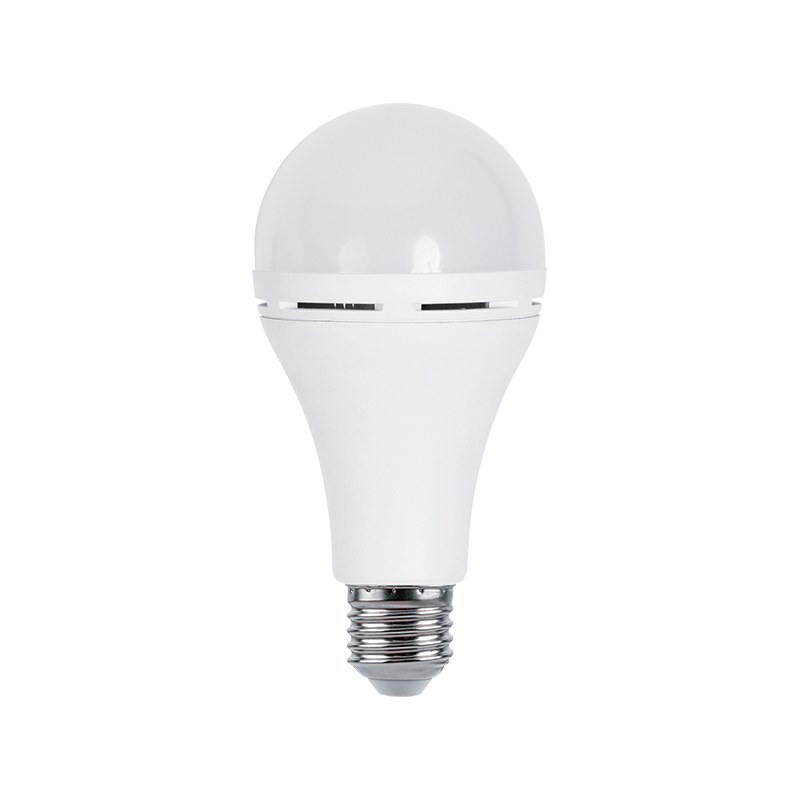We sincerely look forward to establishing a long-term development partnership with you with good quality and professional services.
The cold light characteristics of LED lamps are derived from their physical nature - the band transition luminescence mechanism of semiconductor materials. When current passes through a PN junction composed of materials such as gallium arsenide (GaAs) or gallium nitride (GaN), electrons and holes directly release photons during the recombination process. This process does not rely on high-temperature excitation, so the proportion of energy loss released in the form of light energy exceeds 80%. In contrast, traditional high-pressure sodium lamps require high temperatures above 2000°C to excite mercury vapor to emit light, and more than 80% of the energy in the electrical energy is lost in the form of infrared thermal radiation.
This essential difference determines that the thermal radiation intensity of LED table growing fixture is much lower than that of traditional light sources. At a distance of 10cm from the surface of the lamp, the thermal radiation intensity of LED lamps is only 0.5W/m², while the thermal radiation intensity of high-pressure sodium lamps with the same power can reach 15W/m². The human body's perception threshold for thermal radiation is about 1.2W/m², so even if LED table growing fixture fit the plant canopy, their thermal effects are difficult to be perceived by organisms. This cold light characteristic provides a ""zero heat stress"" lighting environment for plants, so that photosynthesis efficiency is no longer subject to the high temperature inhibition effect.
The temperature control system of LED lamps achieves precise control of surface temperature through a triple mechanism:
The lamp shell adopts a nanoporous alumina ceramic substrate, whose thermal conductivity reaches 200W/m·K, which is three times that of traditional aluminum substrates. The phase change material (PCM) embedded in the substrate undergoes a solid-liquid phase change at 40°C, absorbs excess heat and stores it as latent heat energy. Experiments show that this technology can compress the temperature fluctuation range of the lamp surface from ±5°C to ±1.5°C.
The lamp adopts a heat pipe-fin composite heat dissipation structure. The heat pipe evaporation section is in direct contact with the LED chip, and the condensation section is connected to the heat dissipation fins to release heat through natural convection. When the ambient temperature is 25°C, this structure can make the surface temperature of the lamp no higher than the ambient temperature by no more than 15°C, ensuring that the lamp remains below 40°C when operating at full load.
The intelligent temperature control system monitors the surface temperature of the lamp in real time through the NTC thermistor array. When the local temperature approaches the 40℃ threshold, it automatically starts the three-speed wind speed adjustment:
Low speed mode: Start when the ambient temperature is <30℃, maintain the surface temperature at 35-38℃;
Medium speed mode: Activate when the ambient temperature is 30-35℃, strengthen air convection;
High speed mode: Force heat dissipation under extreme working conditions to ensure that the temperature does not exceed 40℃.
This closed-loop temperature control mechanism enables the surface temperature decay rate of the lamp to be less than 0.5% after 1000 hours of continuous operation, which is significantly better than the 15% decay rate of traditional light sources.
Application scenario: Planting revolution brought about by cold light characteristics
In the traditional light source scenario, the layer spacing of multi-layer stereoscopic cultivation needs to be kept above 50cm to avoid heat accumulation, while the cold light characteristics of LED lamps allow the layer spacing to be compressed to 15cm. For example, in a vertical space of 50cm×50cm×200cm, 8 layers of cultivation racks can be arranged, with a spacing of only 15cm between each layer, and the light uniformity can be achieved by directional scattered light technology >90%. This high-density planting mode increases the annual output per unit area to 200 times that of traditional agriculture, and the product quality is more stable.
The independent dimming function of the red and blue LEDs of LED lamps enables plants at different growth stages to obtain customized spectra. For example, a 7:3 red-blue ratio is used to promote leaf expansion during the seedling stage of lettuce, and a 3:7 ratio is switched to inhibit excessive growth during the heading stage. This dynamic light regulation technology shortens the crop growth cycle by 15%-20%, while reducing the occurrence of pests and diseases by more than 30%.
The low heat generation characteristics of the cold light source eliminate the energy consumption of cooling in summer, and with the intelligent temperature control system, the annual energy consumption of the plant factory is reduced by 40%. In a case of a certain urban vertical farm, the annual output value per unit area of a micro-plant factory using LED cold light technology is 200 times that of traditional agriculture, and the vitamin C content of the product is increased by 60%, and the pesticide residue detection is zero.
Industry impact: Cold light technology reconstructs the agricultural economic model
The light energy utilization rate of traditional high-pressure sodium lamps is less than 20%, while LED lamps can reach more than 80%. This efficiency improvement has enabled the annual output value per square meter to exceed 100,000 yuan, providing a sustainable economic foundation for urban agriculture.
Cold light technology increases the density of three-dimensional cultivation by 3-5 times. For example, in the three-dimensional cultivation of lettuce, 120 plants can be accommodated per cubic meter of space, while the survival rate of only 30 plants can be maintained under the traditional light source scene.
Through dynamic control of light quality and constant temperature environment, the consistency of crop growth is significantly improved. For example, in the vertical cultivation of strawberries, the difference in the ripening cycle of the upper and lower layers of fruits is shortened from 7 days to 24 hours, and the standard deviation of sugar content is reduced from 1.2°Brix to 0.4°Brix.
The current technological evolution of LED desktop growth lamps focuses on two major directions:
Dynamic regulation of light quality
Quantum dot technology enables the spectral regulation accuracy to reach the nanometer level, and the lamps can adjust the light formula in real time according to the physiological signals of plants. For example, the proportion of far-red light is automatically increased during the color change period of tomatoes to promote the synthesis of carotenoids.
Cooperative use of light and heat
Development of an energy recovery system based on temperature difference power generation to convert the heat dissipation of lamps into auxiliary power supply. Experiments have shown that this technology can increase the overall energy efficiency of lamps by 15%-20%.
These innovations will promote the evolution of micro-plant factories from "alternative agriculture" to "super-dimensional agriculture". Driven by the goal of carbon neutrality, LED cold light technology is expected to become the core infrastructure of the future urban food supply chain. Its potential annual output value of more than 100,000 yuan per square meter is attracting continuous investment from global capital and scientific research forces.

 English
English Español
Español Deutsch
Deutsch






